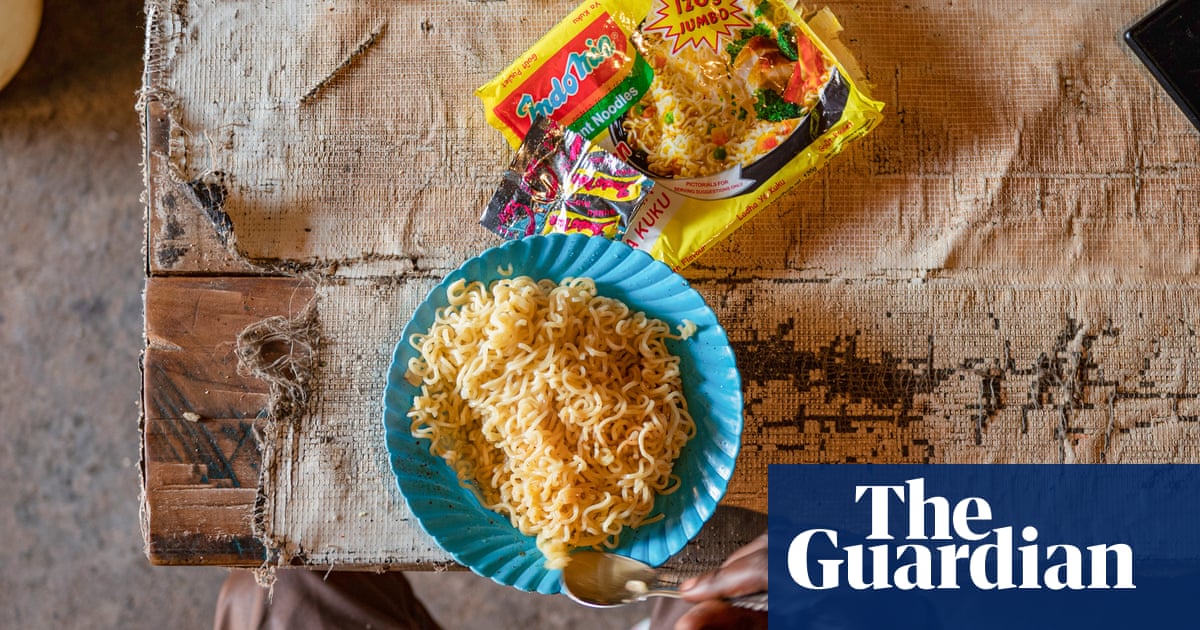High-salt, processed noodles have become a favourite cheap meal, especially in developing countries, but nutritionists warn of the health costs
When a customer steps into Titilayo Taiwo’s noodle shop for breakfast, she knows exactly what to reach for from the small table where piles of ingredients are arranged. Among the scores of regulars at the street-side venue in Muhsin, a low-income suburb of Lagos, is Remilekun Oguntoye, 23, who waits for her usual order: two packs of noodles with a fried egg and some fish.
“In the seven days of the week, I can eat it up to five days,” says Oguntoye, who does not like cooking and sees noodles as a fast, filling alternative. “With the number of times I eat [noodles], I should be an ambassador by now.”
The two 70g packets consumed by Oguntoye in one sitting would equate to about 2,352mg of sodium – 118% of the World Health Organization’s recommended daily intake.
The popularity of instant noodles is spreading quickly in developing countries: in Africa, South America and parts of Asia where noodles are not part of traditional diets. This has come with concerns about their link to the rise of non-communicable diseases, particularly those related to the heart, because of the high levels of salt they typically contain.
Yeah sure… We aren’t all becoming more poor.
I don’t really eat them more than a few times a year. I will only use half the flavor pack when I do just because of the sodium level. It’s still high, but it’s better than not doing that, and honestly, I barely feel like it tastes different.
I only use half the water and a full packet to get extra intense flavor and concentrated noodles. It’s better than not doing that. Three packets a day seems risky though.
Burn the heretic
The noodles themselves are almost pure carbs, which will make you feel hungrier if you’re eating nothing but that.





